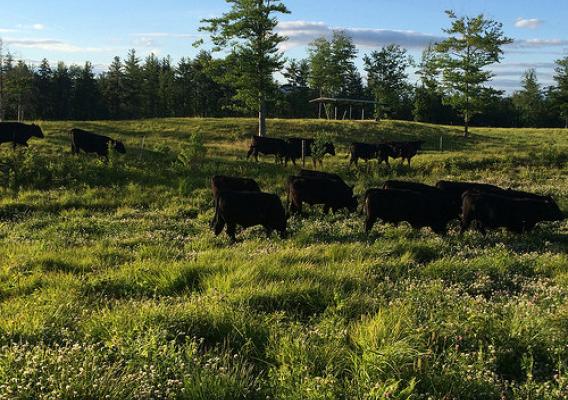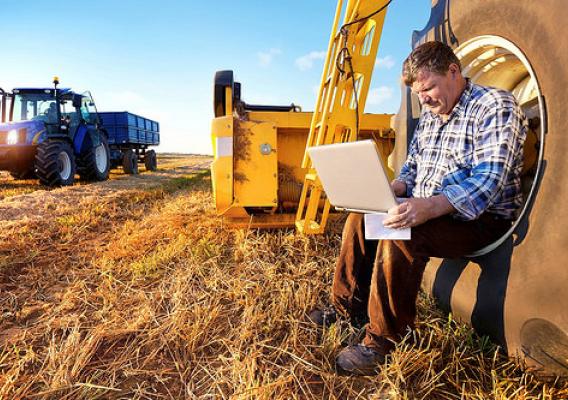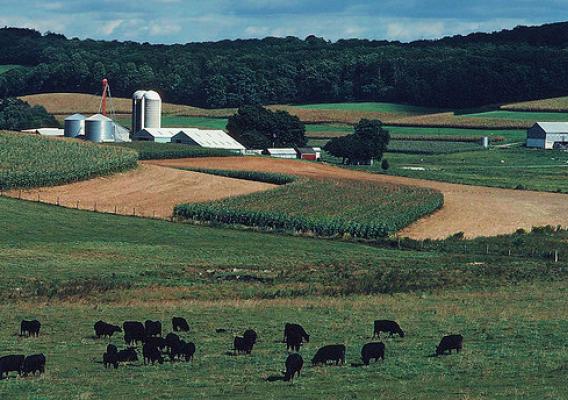The Census of Agriculture is the most complete account of U.S. farms and ranches and the people who operate them. Every Thursday USDA’s National Agricultural Statistics Service will highlight new Census data and the power of the information to shape the future of American agriculture.
Georgia may be known as the peach state, but as the 2012 Census of Agriculture results showed, in reality we are ranked 3rd in total peach acreage. The census results also showed, that just like our agricultural producers, Georgia agriculture is very diverse.
In addition to harvesting thousands of acres of peaches, Georgia farmers also now lead the United States when it comes to chickens. When I say ‘chickens’, I mean ‘broilers and other meat type chickens’, which is what you buy when you purchase chicken at the local grocery store, or what you eat when you get a chicken sandwich at your favorite fast food restaurant. When it comes to these birds, Georgia had more than 235 million, more than in any other state. Poultry producers sold 1.37 billion broilers in 2012. That is more than 4 chickens for every man, women and child in the country, based on 2010 Population Census numbers.









